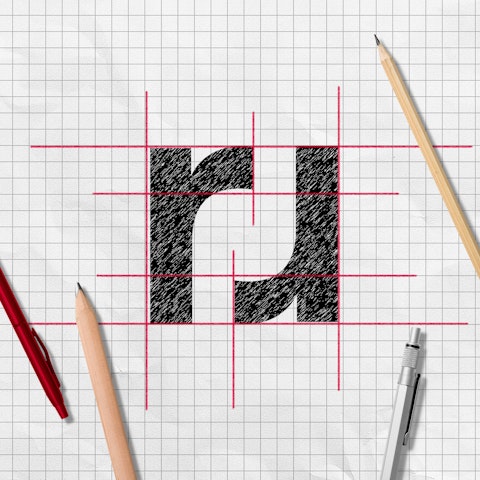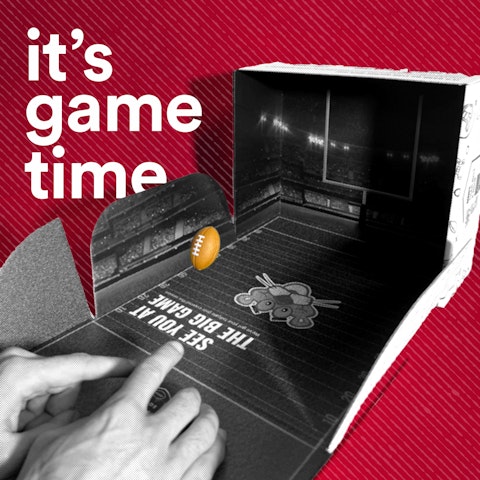The show traffic seemed a little heavier this year, but exhibitors continue to struggle with competing against the show-sponsored training/CEU sessions. However, this year there were more exhibitor-sponsored Learning Labs on the show floor than any previous year, which kept their brands in the forefront. It’s definitely more of a training show, as all the training sessions seemed to have nearly 100% attendance for each session. However, this caused the show floor to be sparse without many architects to browse the exhibits. The organizers need to find a better balance; otherwise, exhibitors will start to lose interest. Perhaps it’s time to consolidate Greenbuild and AIA like many other shows have done.
Fun Fact: Just 14 weeks ago we were in Las Vegas for IBS/KBIS and it SNOWED two times. During AIA, the temperatures were consistently over 100 degrees!
top 5 takeaways from aia 2019
1) aesthetics and health took a back seat
This year’s booths seemed like they were more geared towards contractors than architects. On average, the booths were smaller with minimal storytelling beyond mere product features and benefits. While there were more lifestyle shots this year than last, there was still minimal inspiration created by new products, textures or thought-provoking design solutions. It was aesthetically underwhelming. Exhibitor sales reps also stood looking at their phones right at the front of their booth, making it uncomfortable to walk up and engage with the brands. Where was the wellness and heath discussion aside from the AIA speaker series? We didn’t hear anyone talking about human-centric design around wellness or space optimization. Honestly, Greenbuild, while small, felt much more like an architect show, with a much more pronounced aesthetic and design feel and more conversation about wellness.
2) nobody puts technology in the corner (well, unless at aia)
Several months ago, a prominent UK architect stated, “Leveraging digital transformation will be the single largest impact to an architect’s business success.” Yet, technology was woefully underrepresented on the show floor, merely consolidated and placed in the farthest, darkest corner of the hall. Hardly any exhibitors had technology integrated into their booths or, more importantly, into their support resources for architects. This is a huge missed opportunity for the manufacturers and suppliers to the commercial segment, and creates a gap. Where there is a gap to fill, there is a path to leapfrog competitors since it’s apparently not a priority for most suppliers.
As expected, there were several architectural planning software providers and platforms. However, it was impossible to determine key differences between companies. Many architects walked away still confused about which platform is best and why.
3) a master (brand) plan
It was interesting to see several of the manufacturer exhibitors starting to leverage a more comprehensive “master brand” strategy to promote a larger, more meaningful portfolio of products and services. For example, Kingspan did this with their five businesses and product offerings. Sto Corp. did it through partnerships with cladding partners. Doing this allowed the architects to learn about a larger system approach and brand story. Unfortunately, we went to both of these companies’ websites and the full consolidated brand message we saw at AIA was not yet fully represented. Still, kudos to those brands creating more relevance for their customers and their brand.
Fun Fact: Architects’ number one social channel is Instagram. Yet, more than half the manufacturer attendees we polled even have an Instagram page and less than 10% were using Instagram to push architects to their AIA booth.
4) more innovation…no disruption
In 2016, Fortune Magazine rated construction as the number one industry ripe for disruption in North America. We aren’t there yet, but disruption is coming for us. We were happy to see there seemed to be more focus on innovative new products and processes this year than we have seen in the last few AIA shows. Cladding is one category that has continued to evolve, both in the exterior design choices as well as maximized performance in rain screen technology.
While none of the exhibits showcased any true game changers, the momentum was a good sign of investment and thinking differently. As one of the country’s largest sectors, we feel there needs to be more focus (and courage) to evolve our current value chain, distribution models and game-changing technology. When you step back, not much has really changed in the construction industry in the last 30-50 years. We were hoping to see some true disruptions introduced by an existing or new entrant.
5) an architect’s time is precious – it’s all about responsiveness
We purposefully signed up for information to see how long it takes to receive a response and the quality of the content. It’s been over two weeks and, surprisingly and disappointingly, in today’s technology-enabled marketing, we still haven’t received a response from any of the 27 exhibitors where we were scanned. This is a huge missed opportunity for a brand touch point. A responsive follow-up system is something that should have been developed long before going to the show to ensure prompt, responsive follow-up. If you’re going to spend the time and money to be at the show, be ready to leverage the exposure and send a strong signal to the attendees that you are agile and responsive.
will you evolve your business?
It was good to see some progress in attendance numbers and innovation at the show. However, make no mistake, change is coming at our industry fast and those architects and manufacturers that can evolve with it, or even lead the change, will experience exponential growth. For those stuck in the sea-of-sameness with the rest of the competition, you will only grow with the market at best and, at worst, woefully under-perform in a dynamically changing industry.
Are you ready to evolve? Do you have new team members or partners that will stretch you? Are you making disruptive acquisitions (versus traditional ones for capacity only)? How far are you on the journey to digital transformation? What’s the last decision you made that made you truly uncomfortable? Evolution is happening; are you ready?



